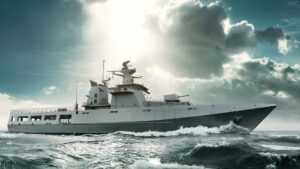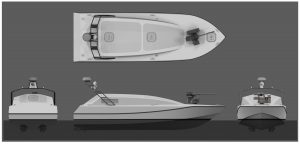Since our earliest years, Gibbs & Cox, a wholly owned subsidiary of Leidos, has provided our international clients with innovative naval architecture support for both naval and commercial applications. Our long-standing history and experience draw from the fact that many of our designs have lived productive second lives after being transferred to and upgraded for international navies.
Gibbs & Cox is routinely asked to participate in foreign military sales programs that involve ship assessments, followed by developing tailored design upgrades and modifications, to increase mission capabilities and extend their service life.
Proven Naval Architecture Results for Successful International Projects
Our naval architecture and marine engineering expertise have been sought out by navies and shipyards from countries across the world to assist in early-stage studies, design and contract development, and detailed design and production projects that include both new and conversion efforts. Over the last few decades, several notable Gibbs & Cox designs, such as the FFG-7 (Oliver Hazard Perry Class) and the Littoral Combat Ship (Freedom Class) have been used as successful parent designs for international clients.
Our history of solving technical challenges extends beyond international naval programs and expands into commercial projects as well. Our naval architects have also designed recreational vessels, high-performing luxury motor yachts, and pilot boats for numerous international clients.
Our Expanding International Presence

We opened Gibbs & Cox Australia in response to our expanding international relationships and our desire to provide on-site support. Headquartered in Canberra, Act, Gibbs & Cox Australia is conveniently collocated with our primary in-country government customer, the Commonwealth of Australia’s Capability Acquisition & Sustainment Group. We closely assist the Royal Australian Navy and the Canadian Navy and Coast Guard with several programs as they work to develop their fleets for the 21st century, which include the SEA 1180, SEA 5000, and SEA 1000.
Our Gibbs & Cox staff are conveniently located around the world in order to provide technical support on the latest naval and commercial developments. Several other nations we support and often provide a local presence to include, but are not limited to: Egypt, Taiwan, the Philippines, Greece, Japan, Spain, Saudi Arabia, and Israel.







